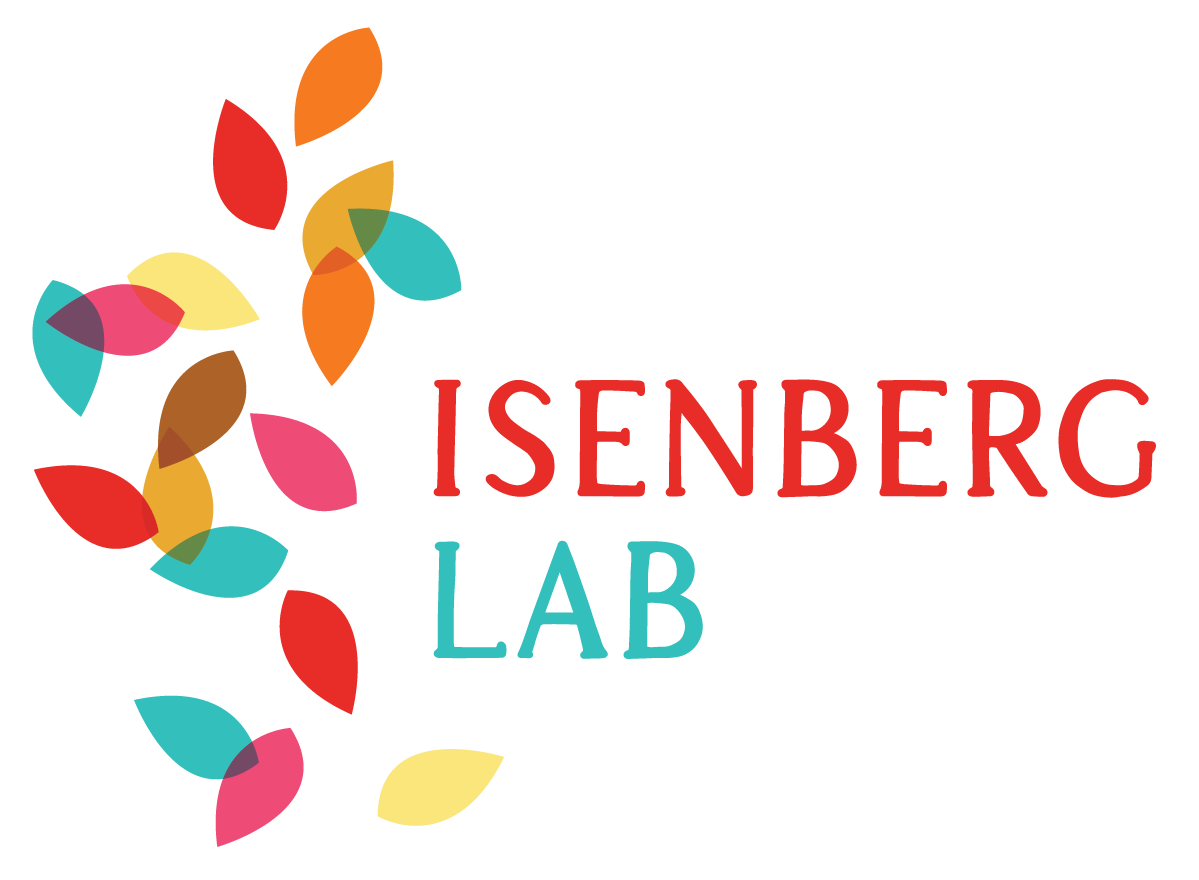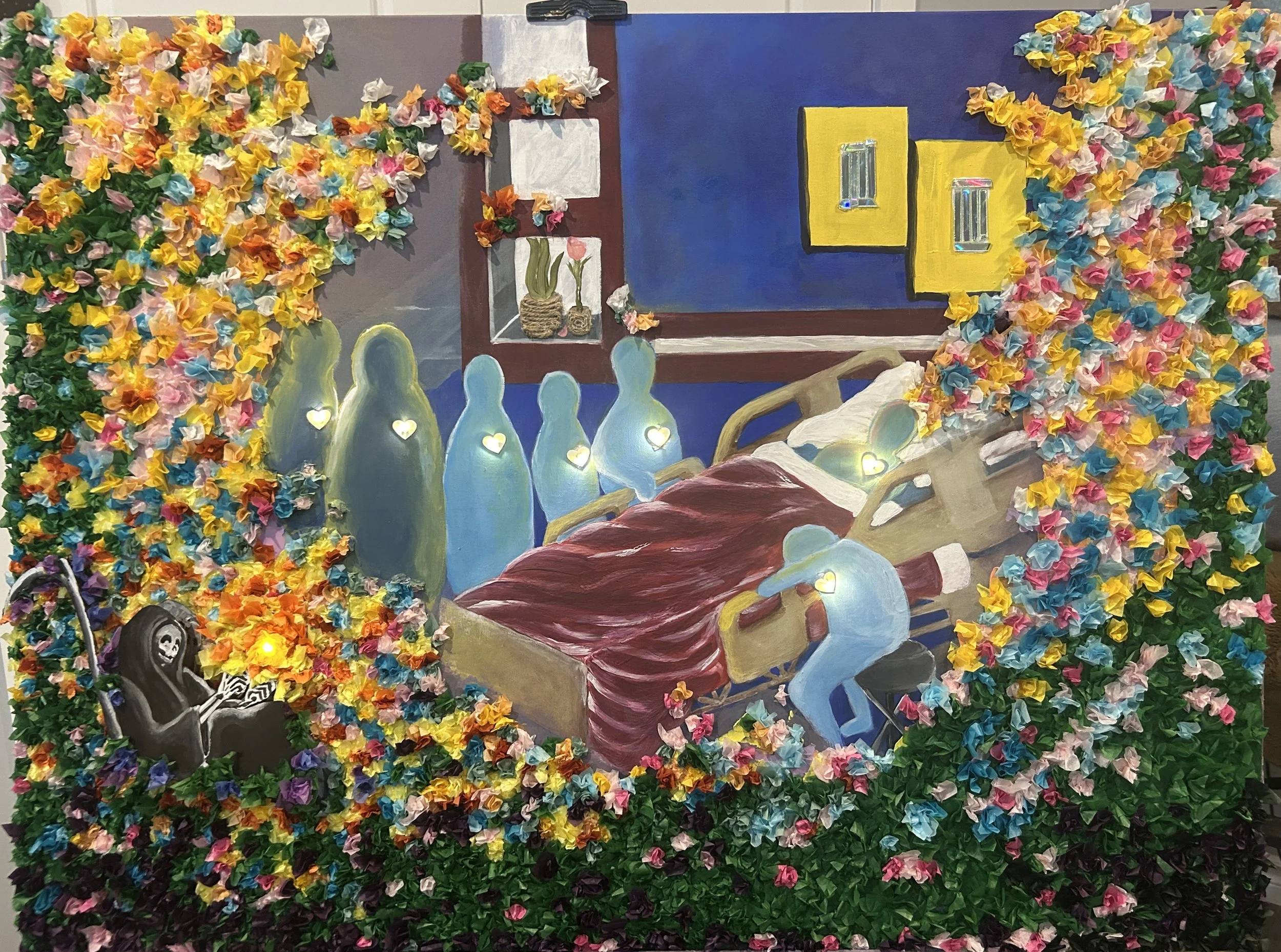-
Giselle Khan is a Canadian multidisciplinary artist and spiritual care trainee, holding a graduate degree in Pastoral Care and Counselling from Vanguard College. Born and raised in Edmonton, her journey with art began in 2000, at the age of six, when she received her first award and exhibited her work “Freedom in Motion,” at the Kids in the Hall Art Bistro. She later performed live at the ATB Financial Arts (2015) and taught paint classes (2016).
Rooted in lived experience, and informed by her background in psychology and faith, her art invites viewers into raw and reflective spaces where grief, loss, and transformation intersect with beauty and purpose. Her work explores the spiritual, emotional, and psychological dimensions of pain, suffering, and healing. Her art is a gentle confrontation with mortality—working mainly with mixed media—to reflect a story that creates a visual dialogue often lost when faced with brokenness. Her work under the growing platform "Faith and Fracture" reaches audiences seeking meaning amid uncertainty—balancing the tension between the two.
Through visual storytelling, she honors the spiritual expressions of grief and the power of human connection. She believes that art can be a form of advocacy—where those who are marginalized can reclaim their voice and narrative of what it means to coexist with beauty and pain.
She hopes that viewers find comfort and peace, that her art is a companion in the dark, and a chance to seek celebration.
-
My piece, titled “Chapter One: Until the Last Flower”, is a mixed-media canvas that blends acrylic paint, hundreds of individually folded tissue paper, cardboard, rope, broken CDs, and LED string lights to explore the complex and sacred experience of dying. Created from my reflection of a lived perspective as a former student who completed their internship in both hospice and acute care settings. This piece was shaped by my struggles with chronic illness, clinical training in end-of-life spaces, and wrestling with lost time. This work stands at the intersection of grief, beauty, and bearing witness.
At the heart of my composition lies a hospital bed—central, unmissable—where faceless figures lie in stillness. Around them are silhouettes: caregivers, loved ones, staff, and the intangible presence of those who are already gone. These forms are translucent and tender, deliberately faceless to allow space for every viewer to see someone they love—or themselves. The flowers that spill over on the canvas are rooted in pain, suffering, grief, and loss; they encase the room and are not merely decorative. It reminds us that even in the sterile confines of healthcare, there can still be life, color, and dignity.
In the bottom left, a subtle figure of death appears—not fearsome, but still and curious, gently holding a paper flower. Death is not painted as an enemy here but as a companion bearing witness, absorbing the sacredness of this final season. A good death includes emotional comfort, surrounded by human connection, and preparation and closure even in the presence of the unknown.
My own lived experiences have shaped this piece deeply. I’ve been the person helping someone say goodbye, navigate pain, and hold both fear and faith in the same moment. I also wrestled with my own struggles of balancing the tension of my ambitions and grieving lost time. I’ve seen what happens when a good death is denied—when systemic inequities or lack of cultural care silence what should have been expressed and honored. And I’ve seen what happens when it is made possible: from family given time to sit in silence together to those choosing palliative sedation over MAiD—the list goes on. This painting is all of those stories, and represents how layered death is.
“Chapter One: Until the Last Flower” is my love letter to the unseen patients, the whispered prayers, the cultural rituals that don’t fit inside a medical chart, and the ones dying with grace amid systems not built for them and collapsing. It is also my protest and prayer—despite the privilege of being in Canada—no one should have to fight for the right to a good death marked by presence, preparation, and peace even if a hospital or space is in over-surge. Every individual should be honored. This piece invites healthcare professionals, families, and policymakers to imagine what would happen if we prioritized humanity over protocol—even at the very end.
Previous
Previous
"Body and Spirit"
Next
Next




